Vietnamese ginseng promoted to the world
One year since the Government's approval of the Vietnamese Ginseng Development Programme until 2030, with a vision to 2045, the challenge of developing ginseng cultivation areas that can meet standards of both quality and quantity for the goal of production remains a concern for many scientists and businesses.
Vietnamese ginseng, which has the scientific name of Panax vietnamensis Ha & Grushv, is one of the 12 species in the ginseng genus (Panax) belonging to the Araliaceae family. It was first discovered in the wild in the Ngoc Linh mountainous area of Kon Tum Province and Quang Nam Province in 1973 and was officially fully documented in terms of botanical identification in 1985.
|
|
|
Vietnamese ginseng and products made from ginseng are introduced at a tourism fair. |
Numerous scientific studies have proven that Vietnamese ginseng has valuable chemical components and biological effects that are comparable to other precious ginseng species worldwide. As an endemic species and a very precious medicinal herb of the country, the Government has included Vietnamese ginseng in the national product list since 2017. Vietnamese ginseng is fully competitive both in the country and abroad.
Too few scientific studies
The Prime Minister’s Decision No. 611/QD-TTg, dated June 1, 2023, approved the Vietnamese Ginseng Development Programme until 2030, with a vision to 2045, aiming to achieve approximately 21,000 hectares of Vietnamese ginseng cultivation by 2030, and granting planting area codes and geographical indications to 100% of the Vietnamese ginseng cultivation area.
It is expected that Vietnamese ginseng will be developed into an internationally branded industry with high export value by 2045, generating significant revenue for localities while striving to make Vietnam one of the world's leading ginseng producers.
Nguyen Van Tri, Technology Director of We Fussion Joint Stock Company — which is one of the units dedicating significant resources to research and develop ginseng varieties and building large-scale raw material areas, expressed his belief that the government's goal is very clear. However, the current difficulty is that Vietnam has too few comprehensive scientific studies on ginseng.
"Many businesses only focus on exploiting wild ginseng or intercropping it under forest canopies. This is ineffective as it does not ensure the quality nor yield of ginseng. To expand and develop ginseng cultivation, it is essential to carry out more research on varieties and breeding."
Agreeing with this viewpoint, Assoc. Prof., Dr. Phuong Thien Thuong, Deputy Director of the Vietnam-Korea Institute of Science and Technology, provided a comparison that Vietnam publishes only about 10 scientific articles on ginseng annually, while the Republic of Korea (RoK) publishes over 600. This explains why the RoK leads the world in the production and development of ginseng products.
According to Assoc. Prof., Dr. Thuong, the difficulty for Vietnamese scientists is the lack of funding and manpower for research in this field. Most areas for research are in high mountainous and difficult-to-access regions. Meanwhile, State resources are limited, and many businesses are not yet eager to invest in research.
With over 30 years of research on ginseng, Prof. Dr. Duong Tan Nhut from the Scientific Research Institute of Highland stated that researchers have isolated 52 saponin compounds, including 26 new from the ginseng rhizome.
The main triterpene saponins include MR2, G-Rb1, and G-Rg1, with MR2 having a significantly high content accounting for more than 50% of the total saponin content — 42 times higher than that of Japanese ginseng. This is why this precious herb has many effects, such as stimulating the nervous system, combating fatigue, aging, stress, and antioxidation.
Vietnamese ginseng has been currently being overexploited, which could lead to the risk of extinction. Prof. Nhut recommended that more research on varieties, breeding, and effective ginseng cultivation should be conducted.
Developing quality standards for Vietnamese ginseng
Experience from leading ginseng-producing countries such as the RoK, Japan, China, and the US shows that developing quality standards for ginseng and ginseng products is a crucial step in developing this medicinal plant into a commodity.
|
|
|
A working delegation of the Ministry of Agriculture and Rural Development led by member of the Party Central Committee and Minister Le Minh Hoan visits the production model of the Duc Hanh Danh Mountain Ginseng Cooperative in Tan Yen district. |
The development of quality standards for ginseng and health care products from ginseng has been carried out and included in the pharmacopoeias of various countries, including the Vietnamese Pharmacopoeia.
However, consumers’ increasing demand for product quality, along with advances in science and technology, necessitate changes in the quality standards for ginseng and ginseng products towards better control of active ingredient content and enhancement accuracy. For Vietnamese ginseng to compete with other varieties of ginseng on the market, it is essential to have clear, modern, and reliable quality standards.
Dr. Nguyen Quan, former Minister of Science and Technology, suggested the urgent development of quality standards for ginseng. He believed that only with a set of standards can Vietnam plan cultivation areas; organise production, exploitation, and processing; and move towards building a national ginseng brand.
He also proposed the establishment of the Vietnamese Ginseng Association as a place to gather experts, businesses, and dedicated and experienced individuals in this field. The association would be a hub for proposing policies and solutions to develop the ginseng industry in a practical and effective manner.
Statistics from the RoK show that the country harvests 22,000 tonnes of ginseng annually with about 560 million USD in revenue. The average income per ginseng-growing household is about 40,000 USD per year, with approximately 18,000 ginseng farms. This demonstrates the high economic value that the ginseng industry has brought to the country.
According to Prof. Dr. Park Jeong Hill from the Seoul National University, with one of the world's most diverse and precious ginseng gene pools, Vietnam has many advantages in joining this industry.
Vietnam's land area is 3.3 times larger than that of the RoK, with a population 1.9 times greater. He recommended that Vietnam needs more scientific evidence on ginseng to support gene protection, promote consumption, and develop standardised cultivation methods for ginseng. Importantly, alongside the government’s interest, attracting resources from large enterprises is crucial.
Source: NDO
 Bắc Ninh
Bắc Ninh
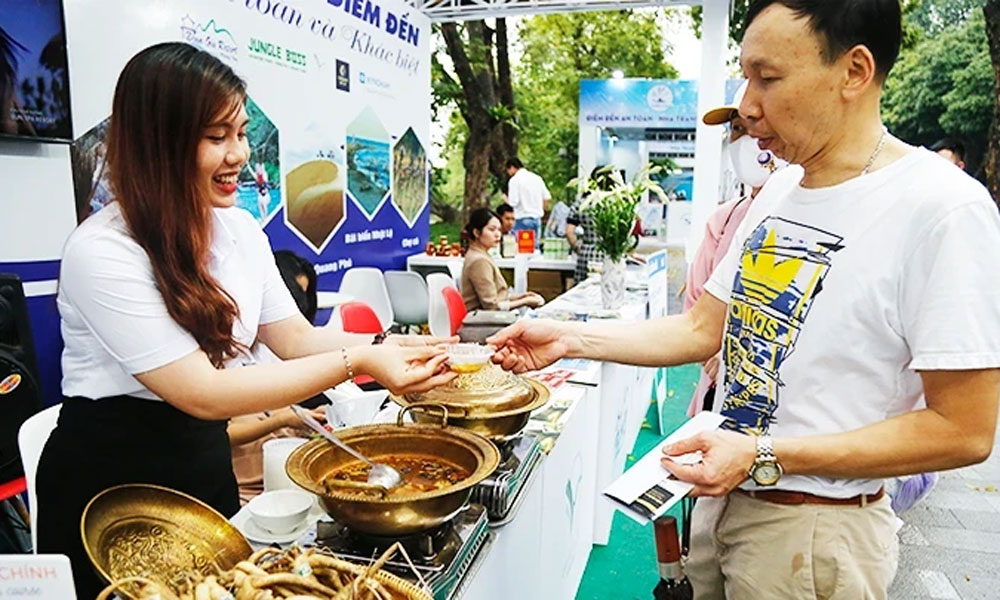
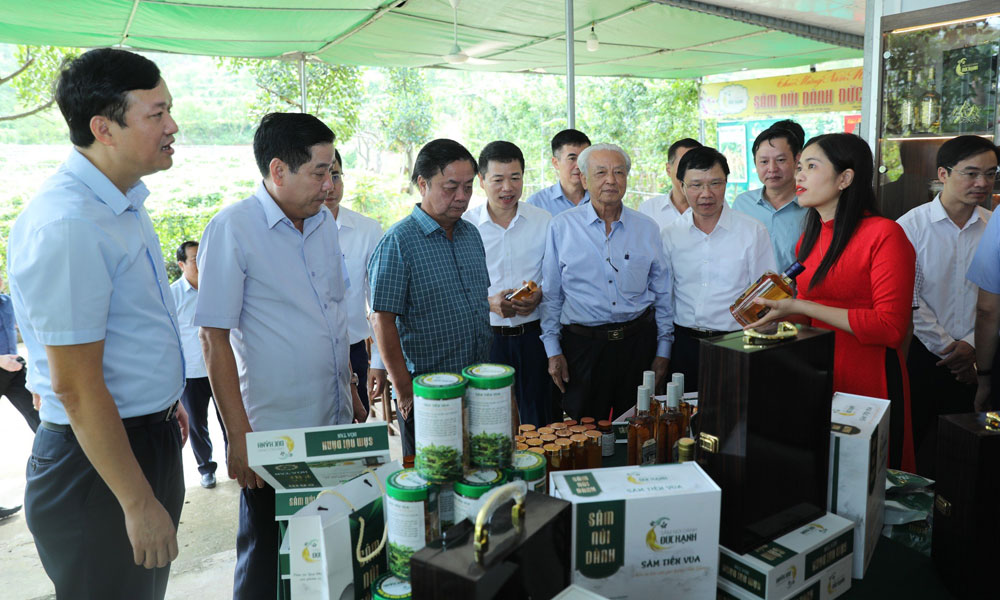

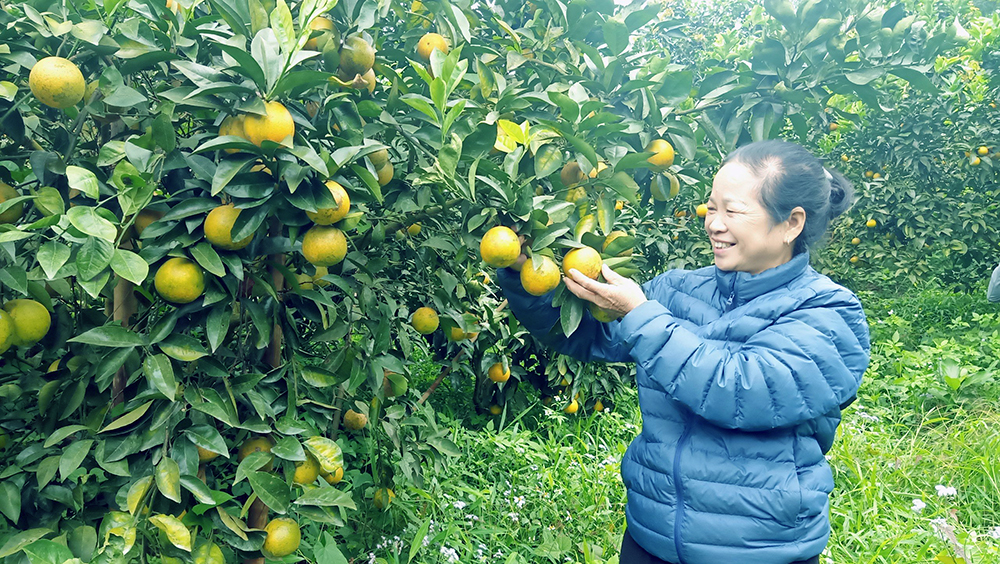


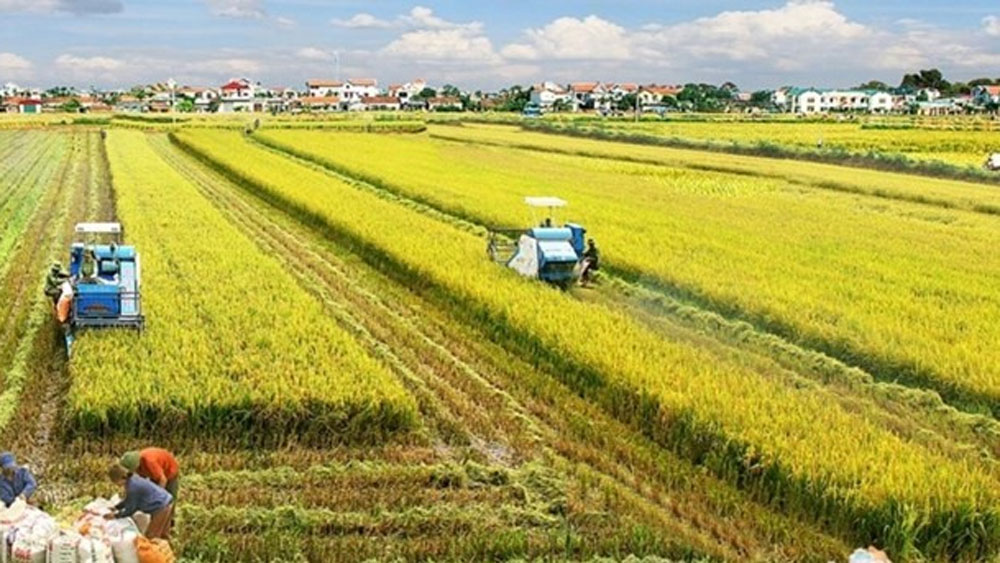
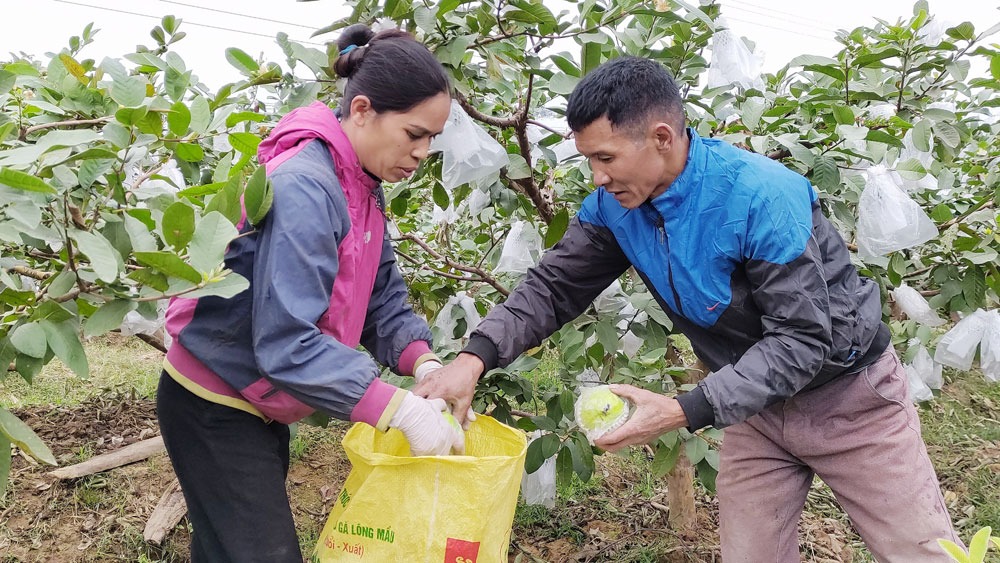
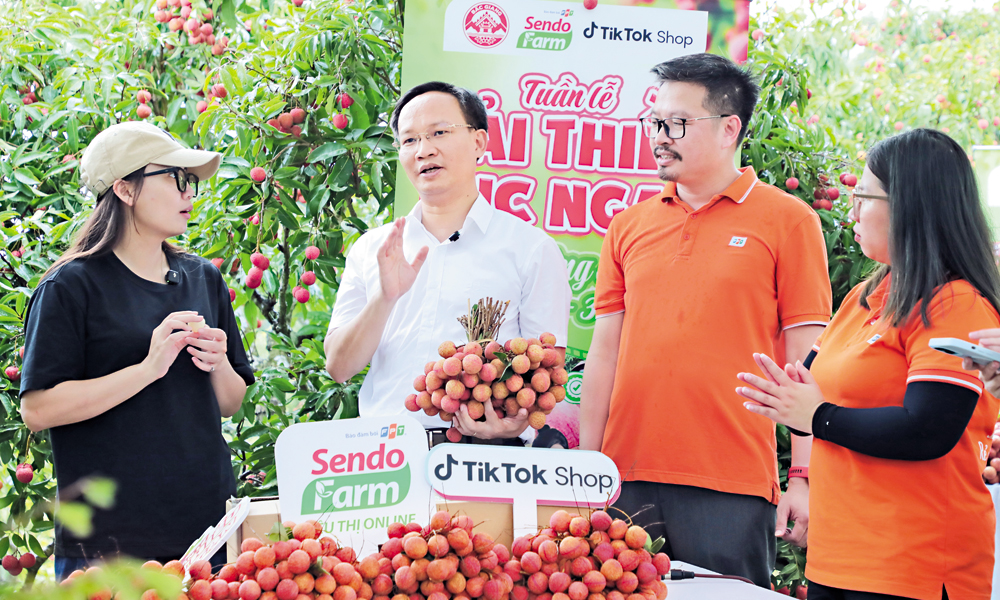


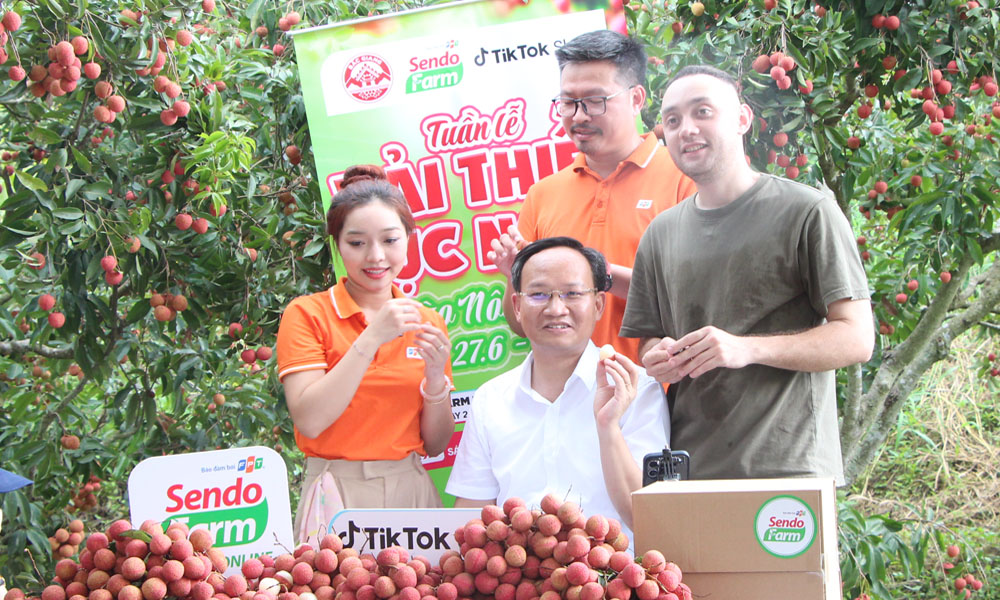





Reader's comments (0)